Observation has one overpowering claim to validity: it deals not with what people say they do but what they actually do – to the extent that their behaviour is open to observation, and insofar as observation is as objective as it seems to be. Two questions follow from this. In the first place why don’t we just take what we are told, because surely people know themselves better than anyone else does? And secondly, if observation is more valid why is it not used more often in social research?
For some dimensions of human experience asking people is the only feasible way of finding out, particularly the ‘invisible’ elements: thoughts, feelings, intentions, attitudes and the like. Sometimes these can be inferred from behaviour but in the main we can only speculate. The question of validity (how accurate these self-reports are) is not a simple one because people ‘construct’ their understanding of themselves; and how is anyone to say whether these selfconstructions are accurate? It is not a meaningful question: such formulations represent how people manage themselves, changing with age and experience, a process of permanent revision in an attempt to find an effective way of being. It is an entirely subjective ‘reality’ even if sometimes appearing to verge on self-delusion: we all have a preferred way of viewing ourselves.
Words and deeds
Whether people report their behaviour accurately is a different matter; and here the notion of accuracy has a different meaning. We can observe what people do and that includes observing ourselves. Comparing observed behaviour with the acknowledged subjectivity of self-perception, it is easy to assign to observation an unchallenged objectivity. Less easy is to acknowledge that observation is to a greater or lesser degree a process of selection and reconstruction. Interestingly, it is research on the validity of witness statements (traditionally highly valued in criminal courts) that has shown how much omission, reconstruction and unvarnished error there can be in such reports.
We can accept that we may not be entirely accurate in our recollection of past events, including our own behaviour. That we may not accurately know how we behave in the present is another matter. If you have ever had to keep a work diary as part of a job evaluation exercise you will know that the pattern is often rather different from your unanalysed impression; in particular that the productive elements are fewer than you would like to think. And that is evident at the more mundane level of how we spend our money – an exercise that most of us are driven to at some point when our bank balance is inexplicably depleted or a credit card bill far beyond what was expected.
The simple fact is that we don’t normally feel the need to have an explicit record of what we do so that we can’t ‘know’ ourselves in that fashion – and, therefore, cannot be other than approximately accurate. We have an impression of how we conduct ourselves and how other people behave in a range of social situations. In the ordinary business of living that is all we need: self-invigilation is unnecessary. But research requires a more rigorous approach.
In social research on human behaviour survey methods of one kind or another (interviews, questionnaires) predominate. Some are more expensive on time and resources than others; questionnaires are often preferred for that reason. But none is as time-consuming as observation; and this is the main answer to our earlier question as to why it is less often used.
Structured observation is the most economical form with its highly specific focus and systematic checking of the elements of behaviour – for example, bullying incidents in a playground; stopping to look at a picture in a gallery; frequency of donations to a street beggar and so on. Here the observation is of the restricted non-participant variety. At the other extreme essentially unstructured participant observation, typically in the theoretical framework of ethnography (usually describing a particular sub-culture in our own society) involves a much longer duration – weeks and usually months, exceptionally even longer than that.
Such groups are investigated in this way for a number of reasons (to be considered later) but also because their members may not be willing, or sufficiently ‘organized’, to answer questions about themselves. One of the under-recognized weaknesses of survey methods is the implicit assumption that people have their self-knowledge arranged in such a way that they can be easily interrogated about it. This is part of the contemporary expectation in Western society that people should be able to explain themselves. Compliance with such expectations is one reason why self-reports have to be treated with caution: responses to survey questions may be little more than an artefact of the method employed.
Main contentsSee more from basic to advanced
Source: Gillham Bill (2008), Observation Techniques: Structured to Unstructured, Continuum; Illustrated edition.

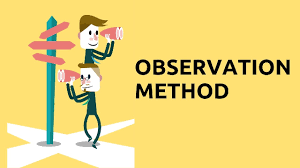
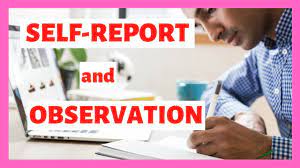


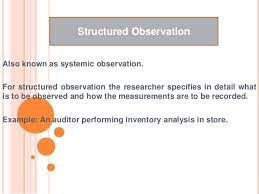
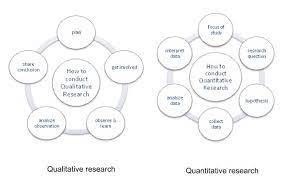
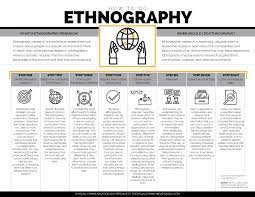
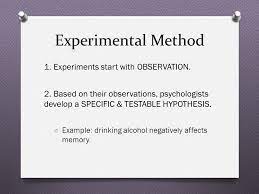

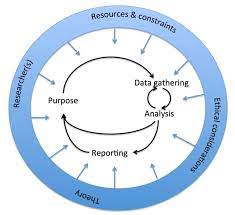

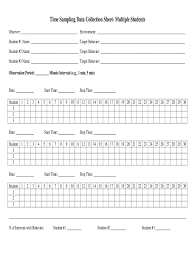

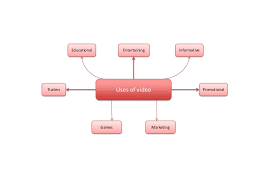

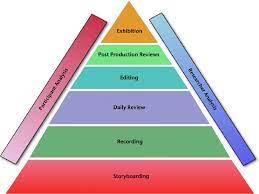
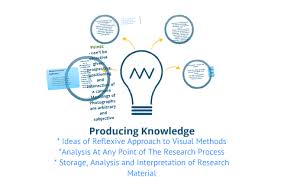
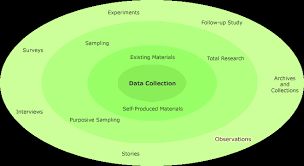


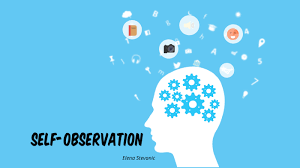





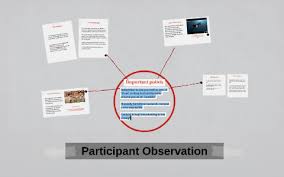
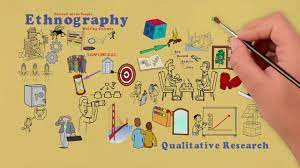


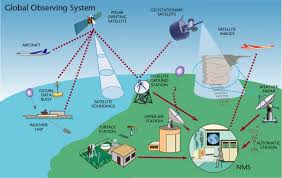
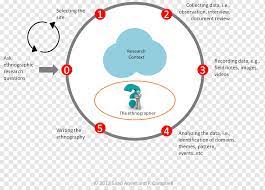

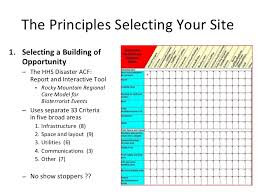

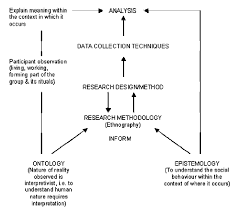
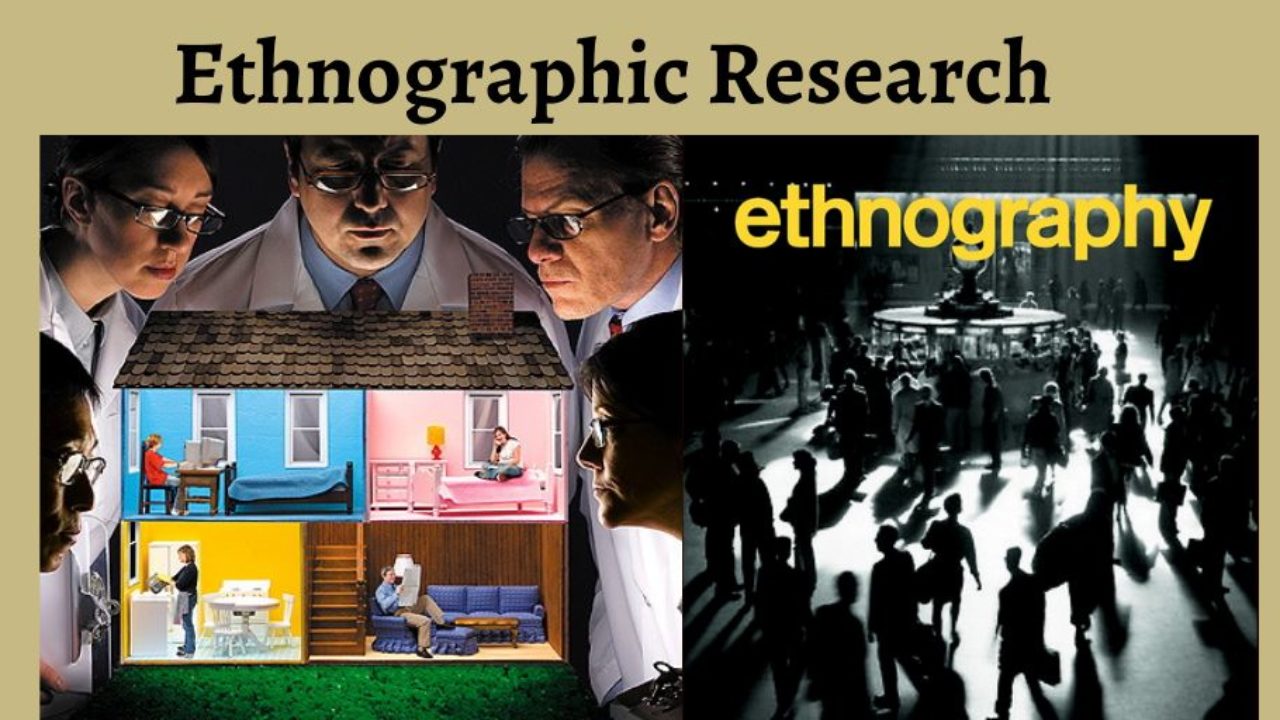
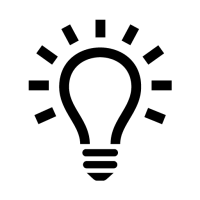
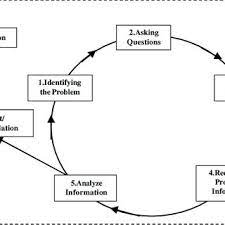


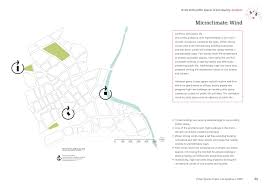

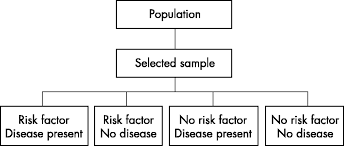
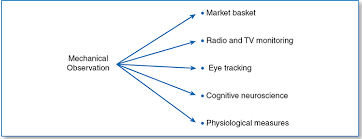


Everyone loves what you guys are up too. This sort of clever work and reporting! Keep up the very good works guys I’ve incorporated you guys to my blogroll.